
Cats have long held a special place in the hearts and imaginations of people across
the globe. From ancient Egyptian deities to modern-day internet sensations, these enigmatic creatures have been revered, adored, and mystified. In the realm of visual arts, particularly within the genre of fantasy, cats occupy a unique position. They are depicted as creatures of magic and mystery, serving roles that span the gamut from guardians of arcane knowledge to playful companions of witches and wizards. This blog delves into the mythical and magical depictions of cats in fantasy art, exploring their historical roots, symbolic meanings, and the myriad ways in which they continue to captivate and inspire the artistic imagination.
Historical Significance of Cats in Art
Cats have captivated the human imagination for millennia, not just as domestic companions but as symbols of mystery, power, and the supernatural. Their depictions in art date back to ancient civilizations, where they were often imbued with spiritual and mythical significance.
Ancient Egypt: Divine Felines
In ancient Egypt, cats were revered for their grace, agility, and the mystery that shrouded their beings. The Egyptians associated cats with Bastet, the goddess of home, fertility, and childbirth, often depicted as a lioness or as a woman with the head of a cat. Cats were so revered that harming one was considered a crime against the divine. Artifacts from this era, such as statues, paintings, and jewelry, frequently feature cat figures, highlighting their esteemed status in society.
Norse Mythology: Freyja’s Chariots
In Norse mythology, cats held a significant role as well. They were the chosen animals to pull the chariot of Freyja, the goddess of love, beauty, and fertility. This association portrays cats as powerful and divine creatures capable of traversing between worlds. The Norse depictions contribute to the mystical aura surrounding cats, portraying them as beings of strength and dignity.
Medieval and Renaissance Periods: Symbols of Mystery
Throughout the medieval and Renaissance periods, cats often appeared in manuscripts and paintings. However, their representation took a dualistic turn, symbolizing both good and evil. In some contexts, cats were seen as protectors against misfortune and evil spirits. In others, particularly during the witch hunts, they were often associated with witches and dark magic, reflecting societal fears and superstitions of the time. Despite this, cats remained a popular subject in art, symbolizing the dual nature of the world.
These historical depictions set the stage for the evolution of cats in art, from revered deities and symbols of power to embodiments of mystery and magic. Their roles in ancient myths and cultures have deeply influenced their portrayal in fantasy art, where they continue to be seen as creatures of significant magical prowess and mystery.
Cats in Literary Inspirations for Fantasy Art
The rich tapestry of cats in fantasy art is heavily influenced by their depiction in literature. From ancient fables to modern fantasy novels, cats have been portrayed as enigmatic creatures wielding magical powers or serving as guides to otherworldly realms. These literary depictions have profoundly influenced how artists visualize cats in the realm of fantasy art.
Enchanting Companions in Children’s Literature
One of the most iconic literary cats is the Cheshire Cat from Lewis Carroll's "Alice in Wonderland." Known for its mischievous grin and ability to disappear at will, the Cheshire Cat embodies the whimsical and unpredictable nature of Wonderland. Artists inspired by Carroll's tale often depict the Cheshire Cat with exaggerated features, highlighting its mystical abilities and the surreal environment of the story.
T.S. Eliot’s "Old Possum's Book of Practical Cats" provides another foundational literary source for artists. This collection of whimsical poems about various cats, each with its own distinct personality and quirks, has not only inspired the famous musical "Cats" but also a wide range of artworks. Illustrators of Eliot’s book bring to life the vivid characters within its pages, from the magical Mr. Mistoffelees to the wise Old Deuteronomy, showcasing the diversity and complexity of cats.
Mythical Protectors in Epic Sagas
Beyond children’s literature, cats occupy significant roles in epic fantasy sagas, often serving as protectors or companions to heroes and heroines. In "The Chronicles of Narnia" by C.S. Lewis, Aslan, the noble lion, represents a Christ-like figure, embodying strength, wisdom, and sacrifice. Artists interpreting Lewis’s work often emphasize Aslan’s regal demeanor and his role as a guide and protector, highlighting the spiritual and mythical dimensions of cats.
Similarly, in Anne McCaffrey's "Dragonriders of Pern" series, fire-lizards and watch-whers, dragon-like creatures with feline characteristics, play crucial roles in the story’s plot and the lives of the characters. Artworks inspired by McCaffrey’s series explore the bond between these creatures and their human companions, emphasizing themes of friendship, loyalty, and magical connection.
The influence of literature on the depiction of cats in fantasy art is undeniable. Writers have long tapped into the mystical aura that surrounds these creatures, embedding them with qualities that artists have eagerly translated into visual form. As guides, companions, or mystical beings, cats in literature have paved the way for their rich and varied representations in fantasy art. Their portrayal across various media underscores the deep cultural and imaginative resonance cats hold, inspiring artists to continue exploring their magical and mythical dimensions.
Roles and Symbolism of Cats in Fantasy Art
Cats in fantasy art are far more than mere pets or background characters; they are imbued with a variety of roles and symbolic meanings that enhance the magical and mystical essence of the genre. These roles often reflect the multifaceted nature of cats themselves—mysterious, independent, and straddling the line between the mundane and the supernatural.
Mystical Guides and Guardians
One of the most prominent roles of cats in fantasy art is that of mystical guides or guardians. They are often depicted as beings with the ability to navigate between worlds, serving as escorts to heroes and heroines on their journeys through mystical landscapes. This role capitalizes on the real-world mysteriousness of cats, their quiet observation, and sudden movements that suggest an awareness beyond human perception. Artworks featuring cats in this capacity often emphasize their eyes, glowing with otherworldly knowledge, guiding characters through darkness or revealing hidden truths.
Shape-shifters and Familiars
Fantasy art frequently explores the theme of transformation, with cats serving as shape-shifters or becoming familiars to witches and wizards. This ability to change form or to be an extension of a magical practitioner’s will highlights the fluid nature of cats, both in their physical agility and their symbolic association with change and adaptability. Artists depict these shape-shifting cats with elements of magic—surrounded by ethereal glows, mid-transformation, or with features that blend human and feline characteristics—underscoring their connection to the magical realm.
Symbols of Independence and Mystery
The independence of cats makes them perfect symbols of freedom and mystery in fantasy art. Unlike other creatures that might symbolize loyalty or servitude, cats represent a self-sufficient and often unpredictable force. Art depicting cats in fantasy settings often places them in positions of observation or aloof interaction, suggesting a depth of understanding and an unwillingness to be bound by conventional rules. This portrayal resonates with the free-spirited nature of many fantasy narratives, where the exploration of unknown worlds and ideas is central.
Protectors of the Otherworldly
Cats are also portrayed as protectors or keepers of otherworldly secrets. In fantasy art, they can be seen guarding ancient ruins, mystical tomes, or sacred portals. This role plays on the historical reverence for cats as protectors against evil spirits in various cultures. Artists might depict these cats with an aura of power, surrounded by magical symbols or perched atop arcane relics, emphasizing their role as guardians of the magical world.
The roles and symbolism of cats in fantasy art are a testament to their enduring allure and complexity. From mystical guides to symbols of independence, cats embody the essence of the fantasy genre—bridging the known and the unknown, the mundane and the magical. Artists draw upon these multifaceted roles to create compelling visual narratives that celebrate the mysterious bond between humans and these enigmatic creatures. As symbols of magic, transformation, and mystery, cats continue to inspire and captivate the imagination, holding a place of honor in the realm of fantasy art.
Notable Examples of Cats in Fantasy Art
The depiction of cats in fantasy art spans a broad range of styles and mediums, from classical paintings to modern digital illustrations. Each artist brings their unique perspective to the mythical and magical essence of cats, creating works that resonate with viewers and contribute to the rich tapestry of fantasy art. Let's explore some notable examples that highlight the diverse and impactful ways cats have been represented in the genre.
Classic Fantastical Depictions
"The Fairy Feller’s Master-Stroke" by Richard Dadd: This intricate painting is a masterpiece of Victorian fairy painting, filled with minute details and characters from folklore and Shakespearean plays. Among its myriad elements, cats are depicted with a sense of mystery and enchantment, contributing to the painting's dense tapestry of fantasy elements.
Arthur Rackham’s Illustrations: Renowned for his impact on the Golden Age of illustration, Arthur Rackham brought to life many scenes from fairy tales and folklore. His illustrations often included cats depicted with whimsical and sometimes eerie qualities, enhancing the magical atmosphere of his works.
Modern and Contemporary Artworks
"Cats of Magic, Mythology, and Mystery" by John Grant and Ron Tiner: This book is a comprehensive exploration of cats in folklore and fantasy art. It includes numerous illustrations that showcase cats in various roles, from mystical guides to formidable guardians of the arcane. The artwork spans traditional and modern styles, highlighting the versatility of cats as subjects in fantasy art.
Digital Art and Online Illustrations
With the advent of digital art platforms like DeviantArt and Instagram, a multitude of artists have contributed to the fantasy genre with their unique depictions of cats. These range from photorealistic portraits of majestic, magical felines to whimsical, cartoon-style illustrations that capture the playful spirit of cats in magical settings.
Fantasy Books and Comics
"The Last Unicorn" by Peter S. Beagle: The novel features a talking cat with the ability to see through lies, embodying the wisdom and mystery often associated with cats. Its adaptations into graphic novels and animations further explore the visual portrayal of this enigmatic character, blending feline features with an air of supernatural insight.
"Saga" by Brian K. Vaughan and Fiona Staples: This critically acclaimed comic book series features Lying Cat, a large, sentient feline capable of detecting lies. The character has become iconic within the series, representing not just the magical qualities of cats but also their integral role in the narrative's exploration of truth and morality.
Animation and Film
Studio Ghibli Films: The films of Hayao Miyazaki and Studio Ghibli often feature cats in roles that range from the whimsical to the divine. "My Neighbor Totoro" introduces the Catbus, a fantastical creature that transports characters through the countryside. In "Kiki’s Delivery Service," Jiji is a talking black cat that serves as Kiki’s companion, offering advice and comic relief. These characters are beloved for their unique blend of cat-like traits and magical abilities, captured through the studio’s distinctive animation style.
These examples showcase the wide-ranging and imaginative ways in which cats have been depicted in fantasy art. From the mystical and mysterious to the whimsical and playful, cats continue to inspire artists and captivate audiences. Their presence in fantasy art not only highlights the enduring fascination with these creatures but also underscores the genre’s ability to explore deeper themes of magic, mystery, and transformation. As we continue to see new interpretations and representations of cats in fantasy art, it's clear that their mythical and magical allure will remain a source of inspiration for generations to come.
Contemporary Fantasy Art and Cats
The evolution of cat depictions in contemporary fantasy art reflects a dynamic interplay between traditional symbolism and modern technological influences. As digital art platforms and social media have become integral to the dissemination and discussion of art, the portrayal of cats in fantasy settings has embraced new dimensions of creativity and innovation. This section explores how contemporary artists are reimagining the mythical and magical allure of cats, leveraging modern technologies to bring these enigmatic creatures to life in unprecedented ways.
Digital Art Revolution
The advent of digital art tools has opened up new possibilities for artists to explore the fantasy genre, with cats often at the forefront of this exploration. Digital painting and illustration software allow for intricate detailing, vibrant color palettes, and dynamic compositions that can bring mythical cats to life with stunning realism or stylized whimsy. Artists can experiment with textures and effects that were difficult or impossible to achieve with traditional mediums, such as ethereal glows around magical cats or the seamless integration of feline features into fantastical landscapes.
Social Media and the Rise of Cat-centric Content
Social media platforms have played a significant role in the popularity of cats in contemporary fantasy art. Instagram, Twitter, and Tumblr are awash with artists sharing their feline creations, reaching audiences worldwide and fostering a community of cat enthusiasts and fantasy art lovers. This global exposure has led to the emergence of trends such as "Caturday" art shares, where artists contribute their interpretations of magical and mythical cats, celebrating their diversity and significance in fantasy art.

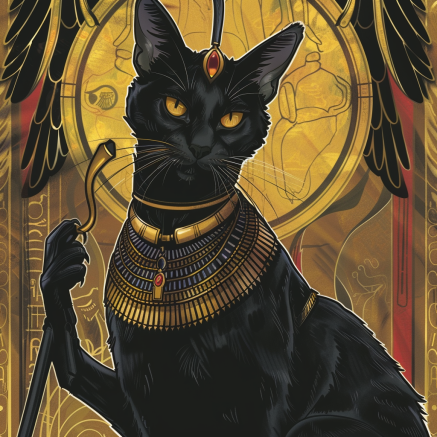
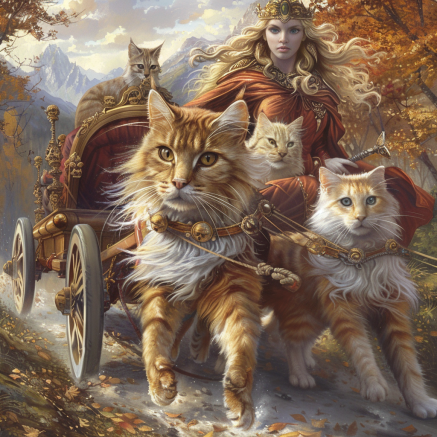
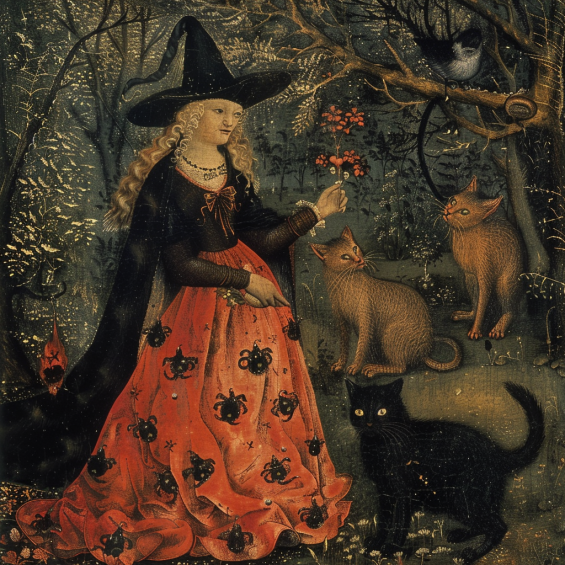
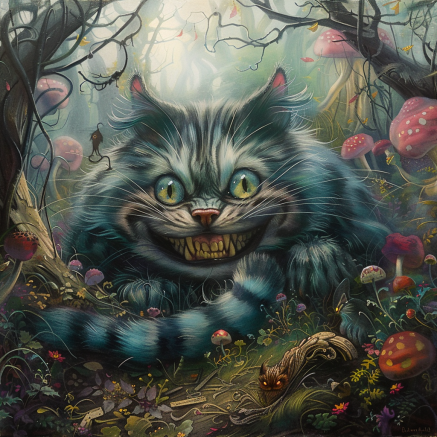
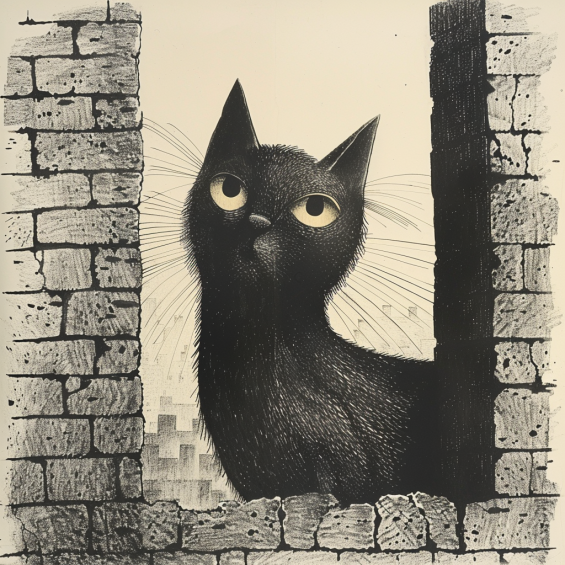

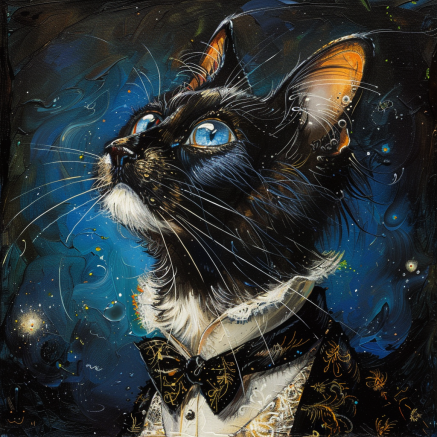
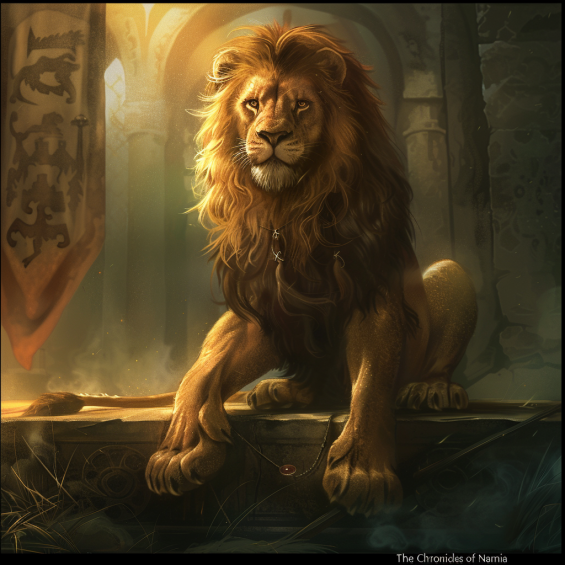
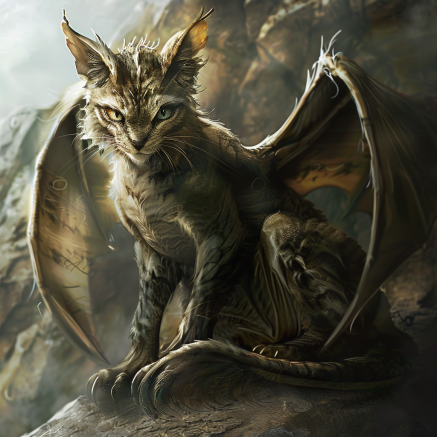
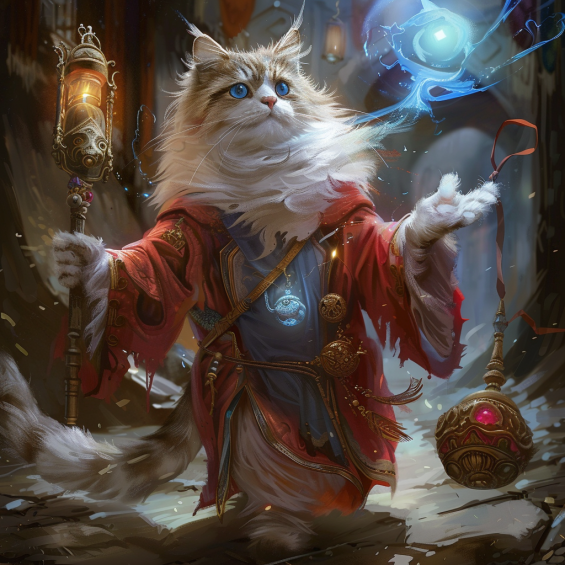
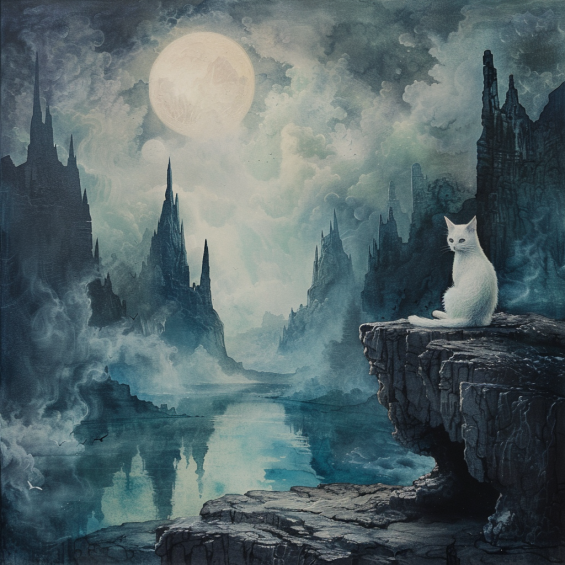
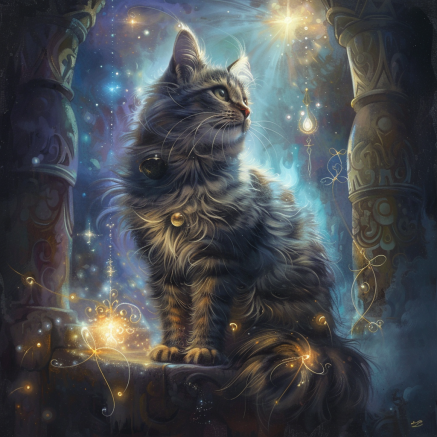

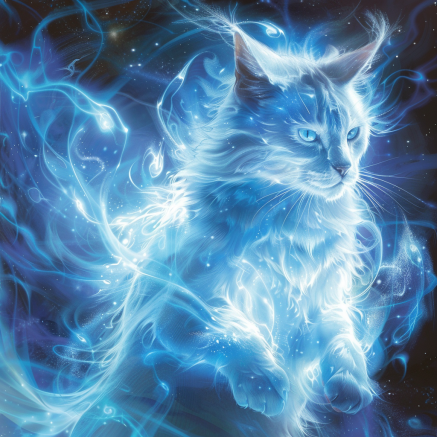
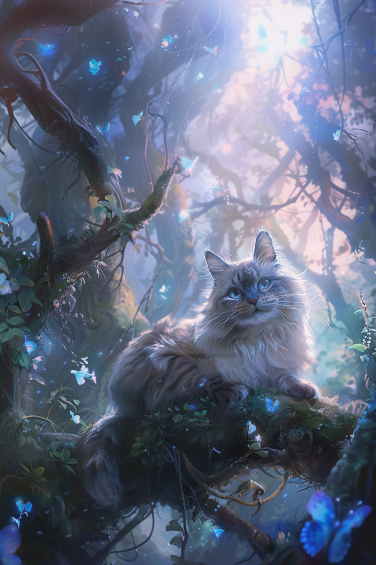
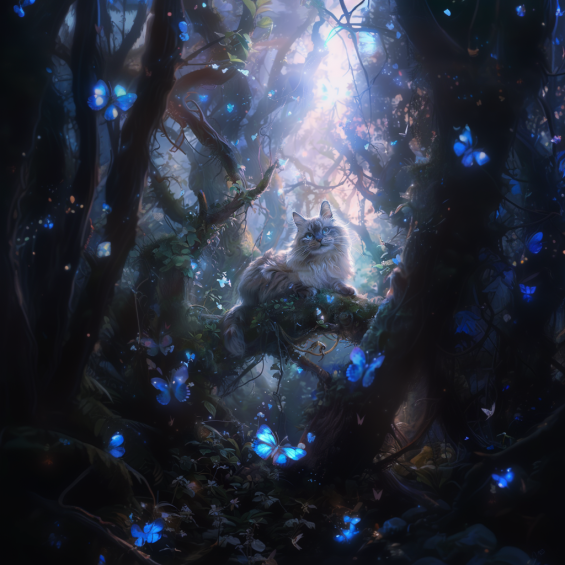
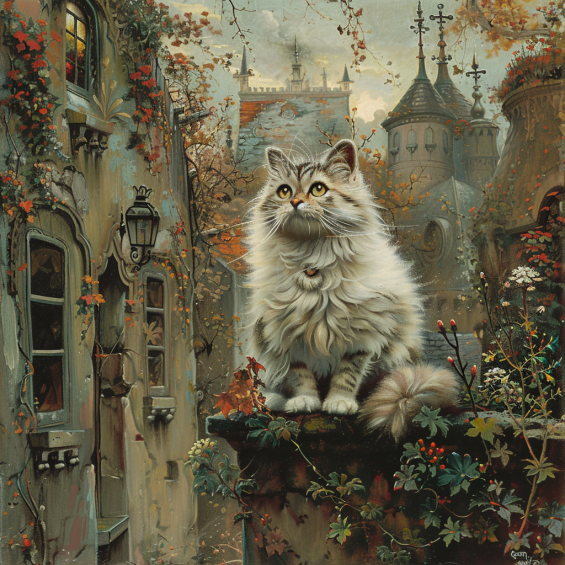
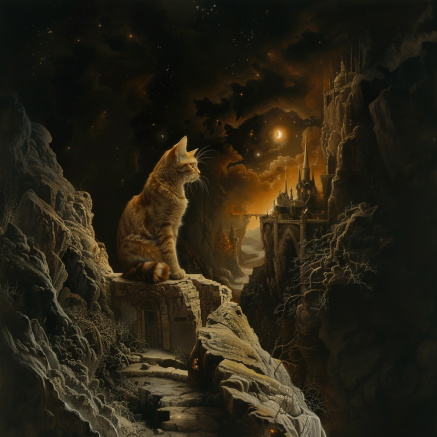
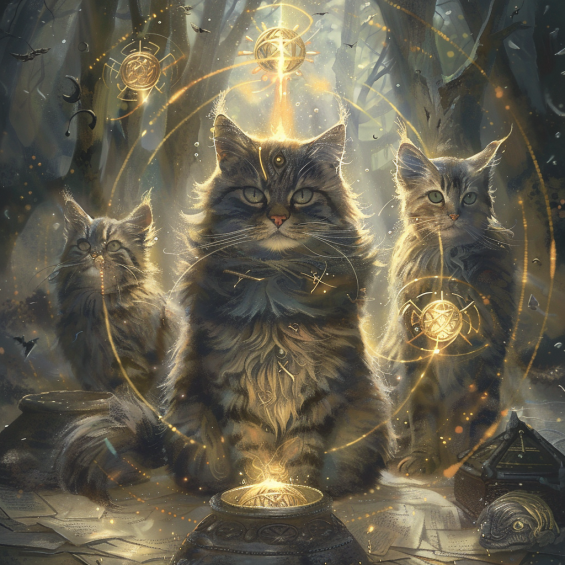
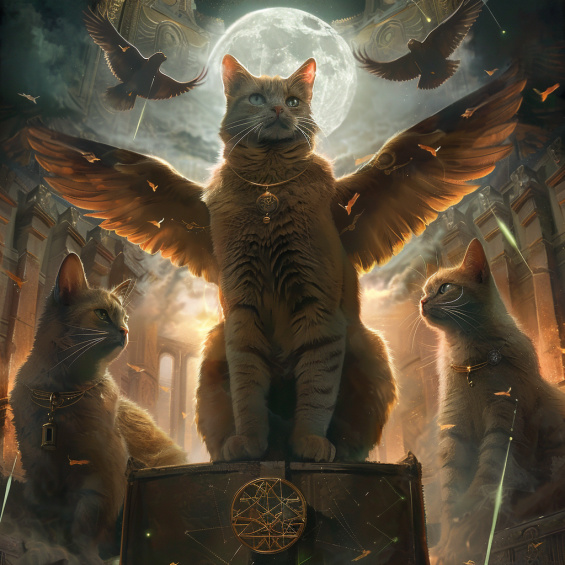
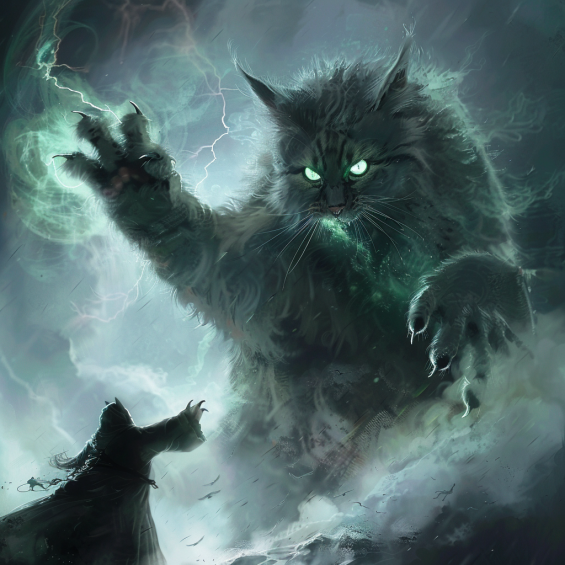
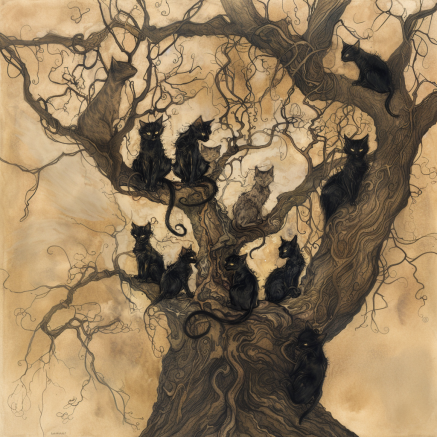
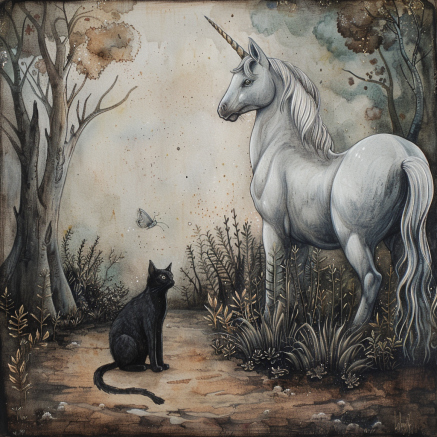
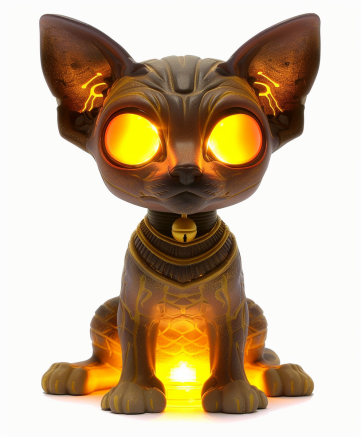
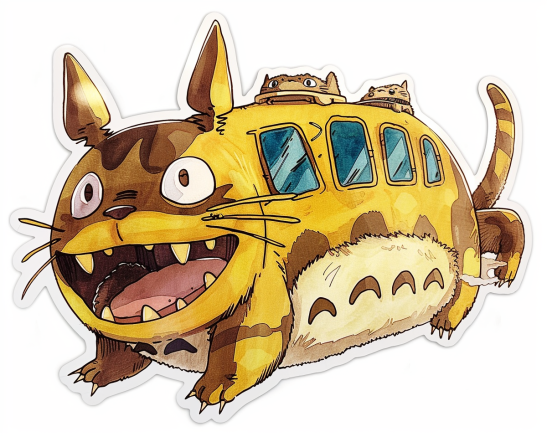
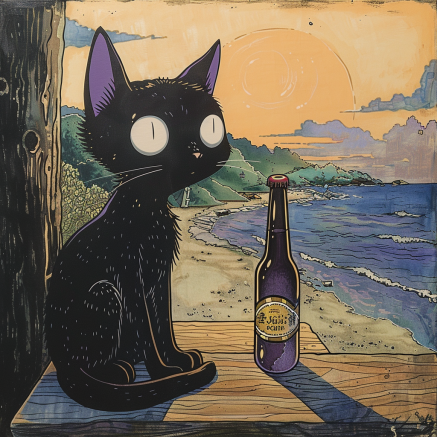
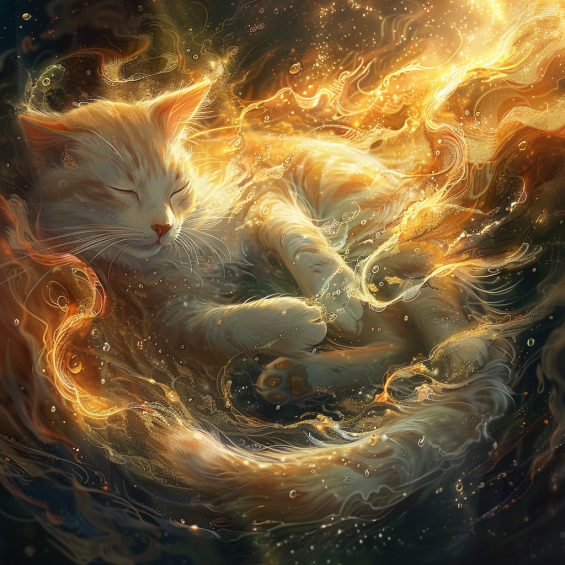
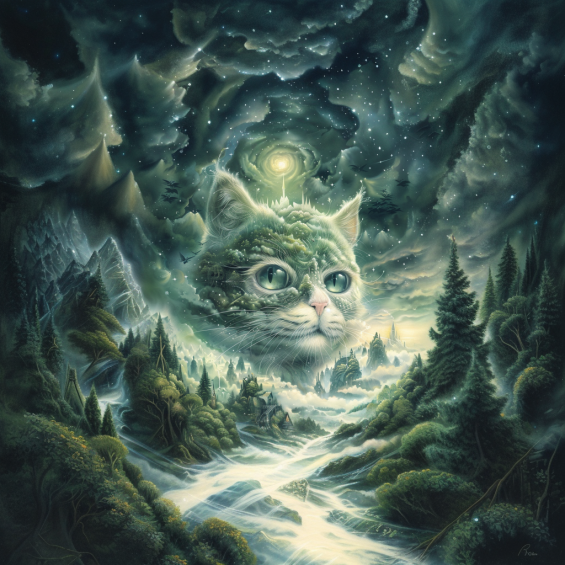
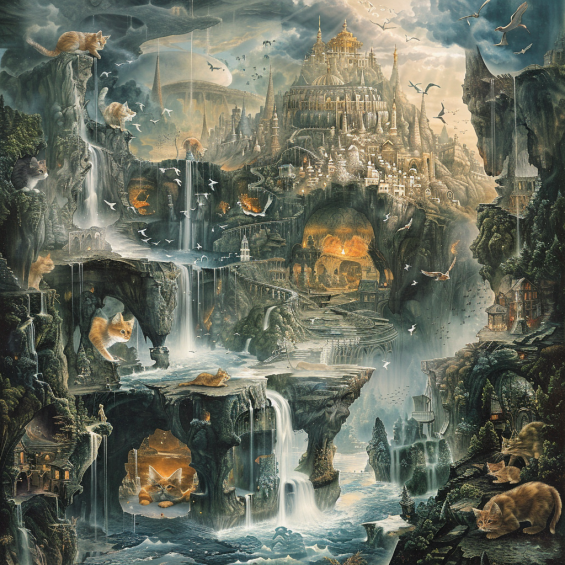
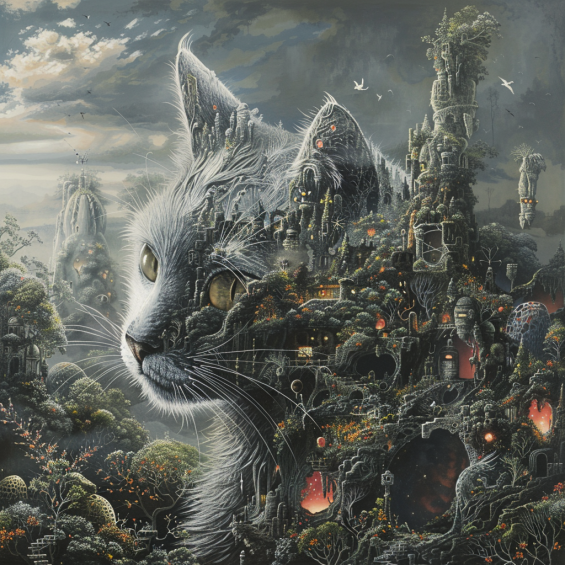
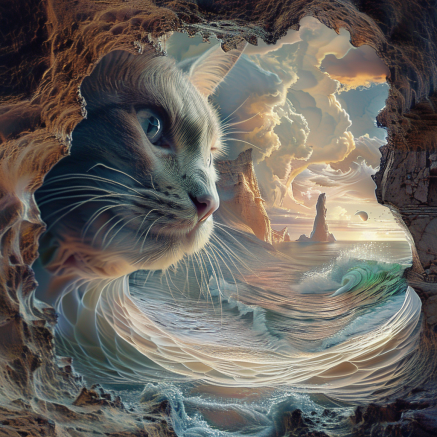
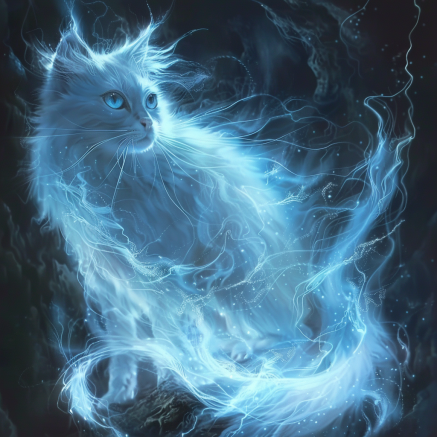
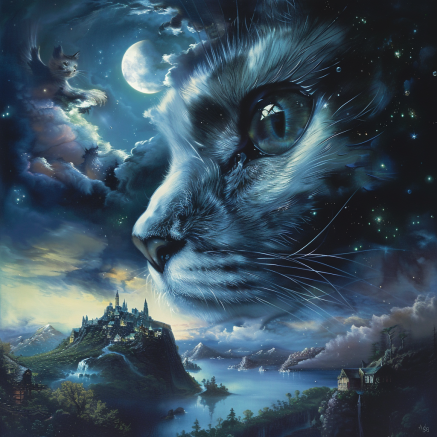
Comments